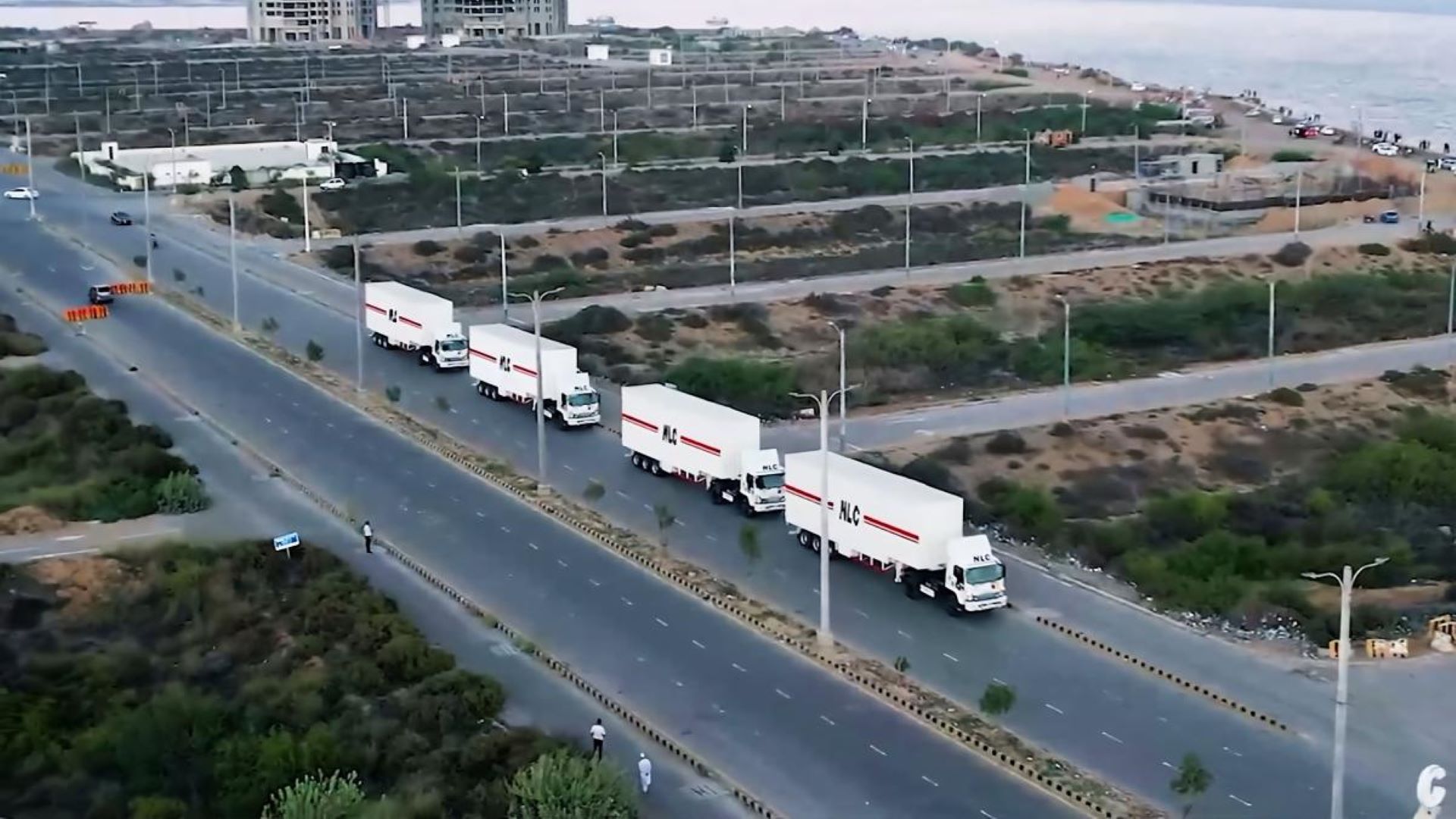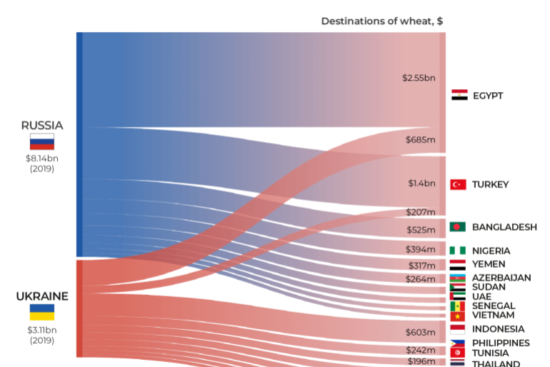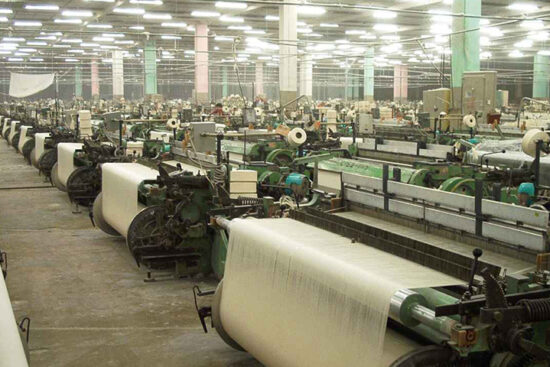
In recent discussions surrounding the repatriation of Afghan refugees from Pakistan, there has been a prevailing concern about potential economic repercussions, often fueled by myths. While internal and external factors are commonly cited as potential catalysts for economic turbulence, a closer examination reveals a more nuanced reality.
Internally, there are worries about the impact on the availability of cheap labor in the labor markets of Khyber Pakhtunkhwa (KP) and Balochistan, along with reports of Afghan traders and investors involved in over 350 industrial units in Pakistan. However, it’s crucial to note that while repatriation may affect the availability of cheap labor, the overall economic impact is likely to be less significant. The dynamics of the labor market are complex, and Pakistan has shown resilience in the face of such challenges in the past.
Additionally, the assertion that repatriation will severely hamper economic prospects is mitigated by the fact that Pakistan has successfully diversified its avenues for trade routes toward CARs other than Afghanistan.
This is evidenced by the impressive growth in trade with Central Asian Republics (CARs) over the past three years, surging from $100 million to $487 million, with expectations of manifold increases by the end of 2024. This accomplishment is a result of Pakistan’s strategic initiatives, not just regional stability. The use of alternative routes through China, Iran, Turkey, and Russia has facilitated this growth, challenging the notion that Afghanistan is indispensable for trade with CARs.
The National Logistics Cell (NLC) deserves commendation for its role in this success story. Through the Transports Internationaux Routiers (TIR) system, the NLC has seamlessly transported export goods over 4000 kilometers, conducting over 240 operations. This not only highlights the viability of alternative routes but also underscores the economic contributions of civilian contractors and drivers employed by the NLC.
Furthermore, the argument that the opening of the Afghanistan route on mutually beneficial terms would not be opposed by Pakistan adds a layer of pragmatism to the debate. It acknowledges the potential benefits of collaboration while maintaining a focus on national interests.
It’s essential to recognize that Pakistan’s ability to navigate economic challenges is not solely contingent on the status of Afghan refugees. By adopting innovative and proactive strategies, the country has not only weathered instability but has also carved out new avenues for economic growth. The diversification of trade routes, the increase in trade volume with CARs, and the strategic initiatives of organizations like the NLC demonstrate that Pakistan is well-equipped to navigate the complexities of the region’s geopolitical landscape.
In conclusion, while the repatriation of Afghan refugees may have localized impacts on the labor market, the broader narrative of an impending economic downturn is a myth. Pakistan’s resilience, strategic initiatives, and adaptability to changing regional dynamics position it as a robust player in the evolving economic landscape of South Asia and beyond.


















Leave a Reply